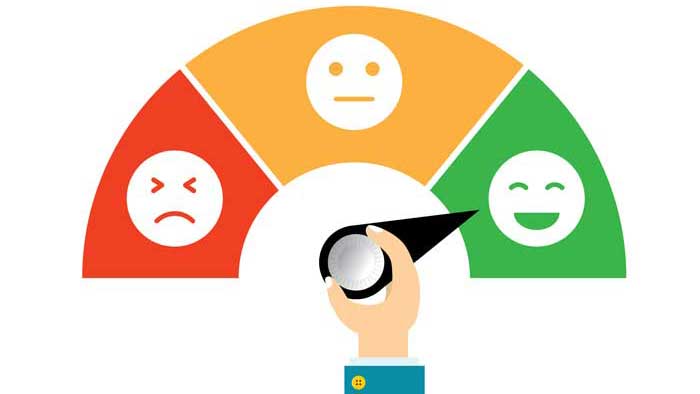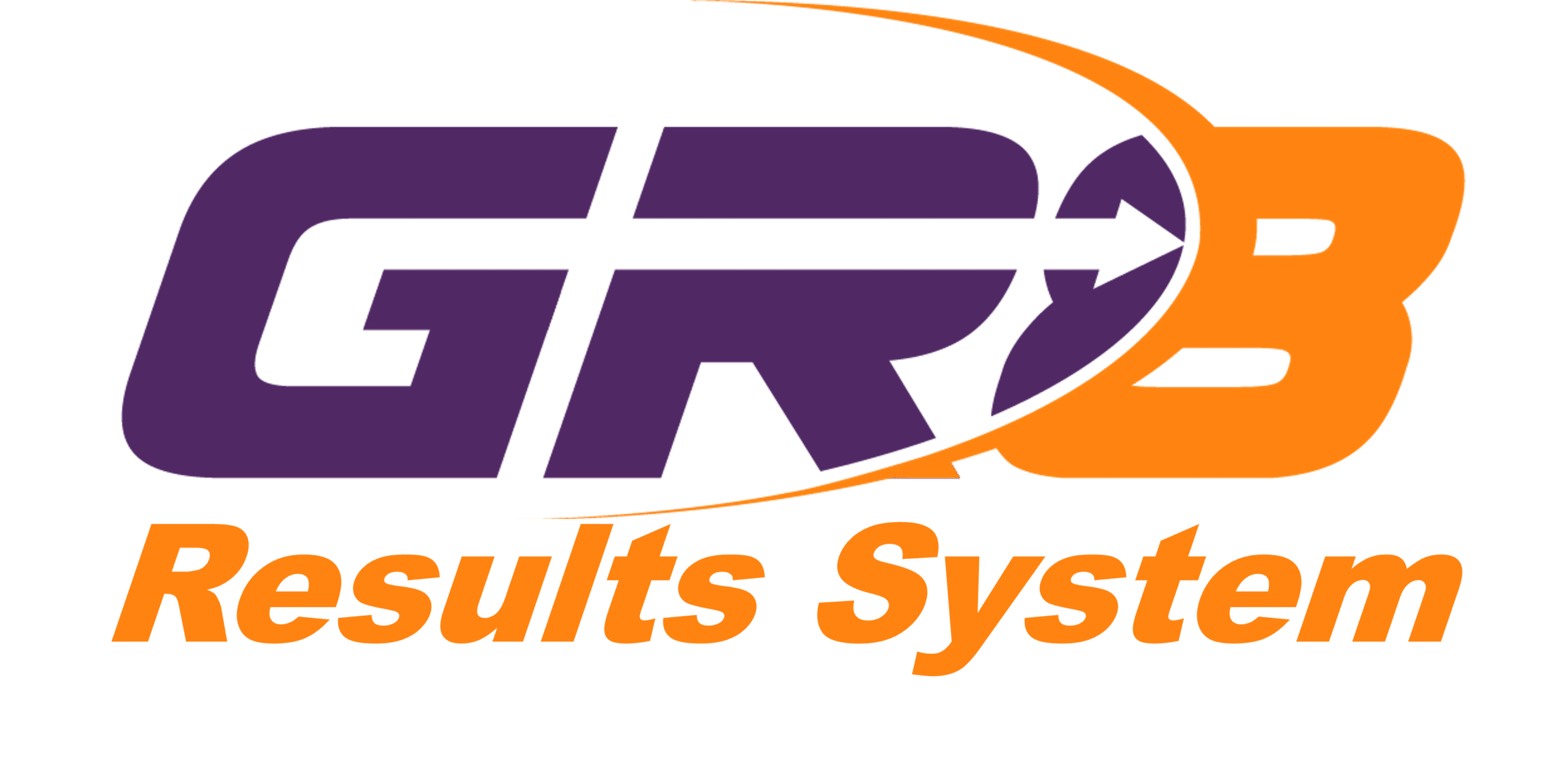Customer satisfaction is a crucial factor in determining whether a business thrives or faces bankruptcy, or whether you keep your job. Whether you realize it or not, you have customers. Anyone who receives a product or service from you is considered a customer or client. In this article we will discuss how the Kano Model and customer satisfaction go together.

The Basics
The Kano Model provides valuable insights by evaluating three key aspects of customer satisfaction. First, it focuses on the "Basics"—the essential elements that customers expect. If a product lacks these, the customer will likely be dissatisfied, with little chance of finding satisfaction.
For instance, if you're buying a car, it must have wheels and an engine, right? Depending on your expectations and budget, there may be other basic features required.
Regardless of what your "Basics" are, the Kano Model chart below demonstrates that these factors don't even bring your satisfaction to a neutral level!
What's even more crucial is that if you're not meeting your boss's expectations, you're not even close to neutral on the satisfaction scale either!
Performance
The next level in the Kano Model is Performance. This refers to the idea that the more you can offer of a particular feature, the higher the satisfaction. For a car, this could include factors like horsepower, luxury features, sound system quality, or a combination of all these elements.
Unlike the Basics, which are essential, Performance has a direct correlation to satisfaction, represented as a straight line from the bottom left to the top right. The more you provide of Performance-related features, the higher the satisfaction. On the other hand, the less you offer, the greater the dissatisfaction.
In the context of your job, Performance might relate to the quantity of work you produce—how much you accomplish. Often, the key to job satisfaction is meeting deadlines or delivering work on time. Making or saving money is another key Performance metric. Innovation is also important, so the number of ideas you contribute could be considered a Performance factor. In general, more is better when it comes to Performance-related items.
Delighters
The most intriguing part of the Kano Model is the Delighters. Notice where this line begins and ends. It starts above Neutral and doesn't necessarily need to be fully present in the product. It’s about giving customers a "feeling" that something extra is there. This could be the perception that a product is better than it actually is.
For your boss, a Delighter might be when you take the initiative on a task they previously identified as important. This is the perfect time to use the "Magic Phrase," which can be a real Delighter for many supervisors.
A useful guideline for your customers: Don’t focus on Delighters if you’re not meeting the Basics or Performance expectations first.
